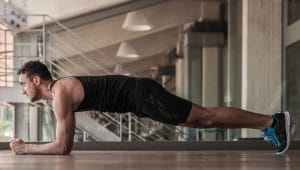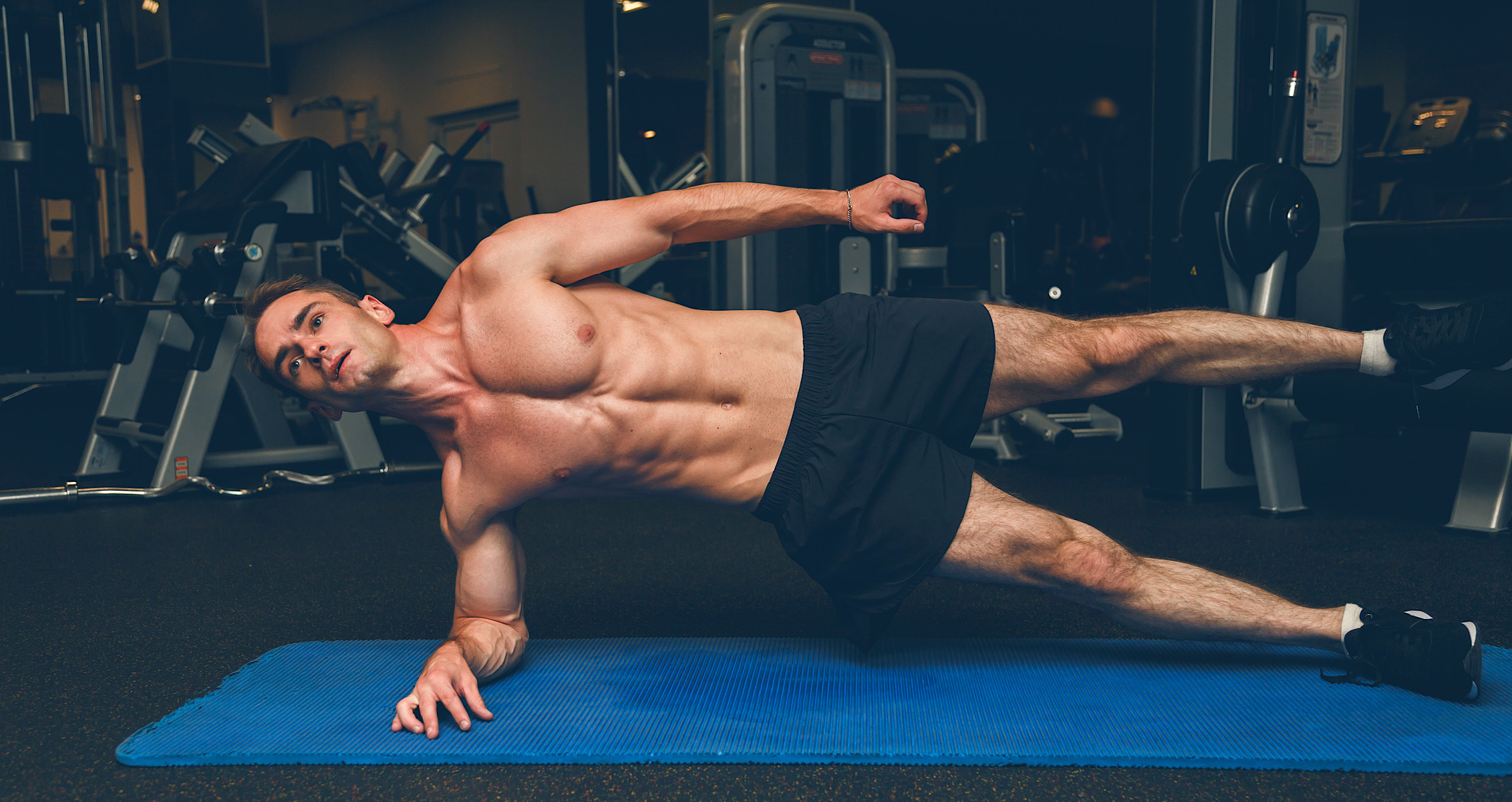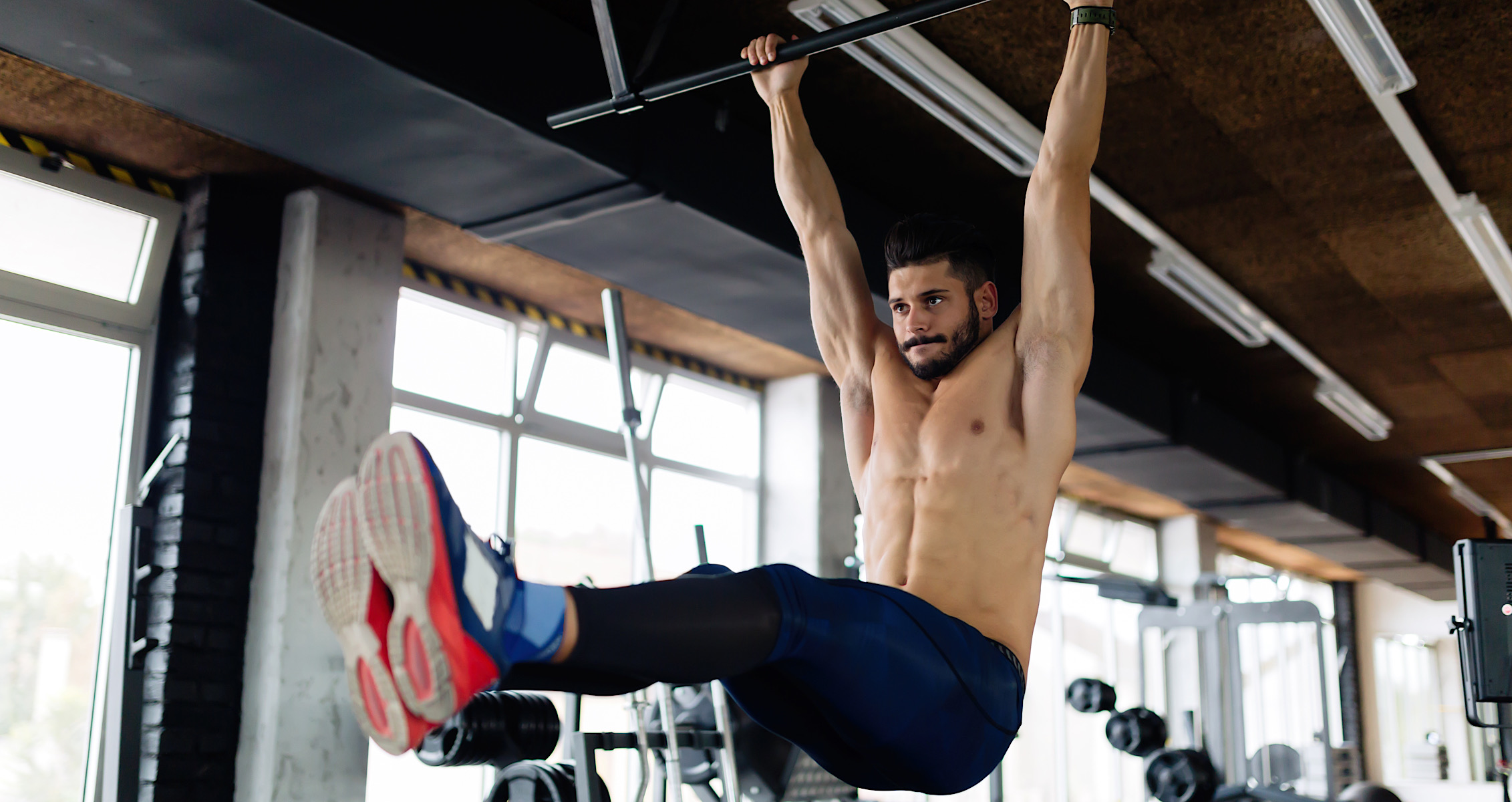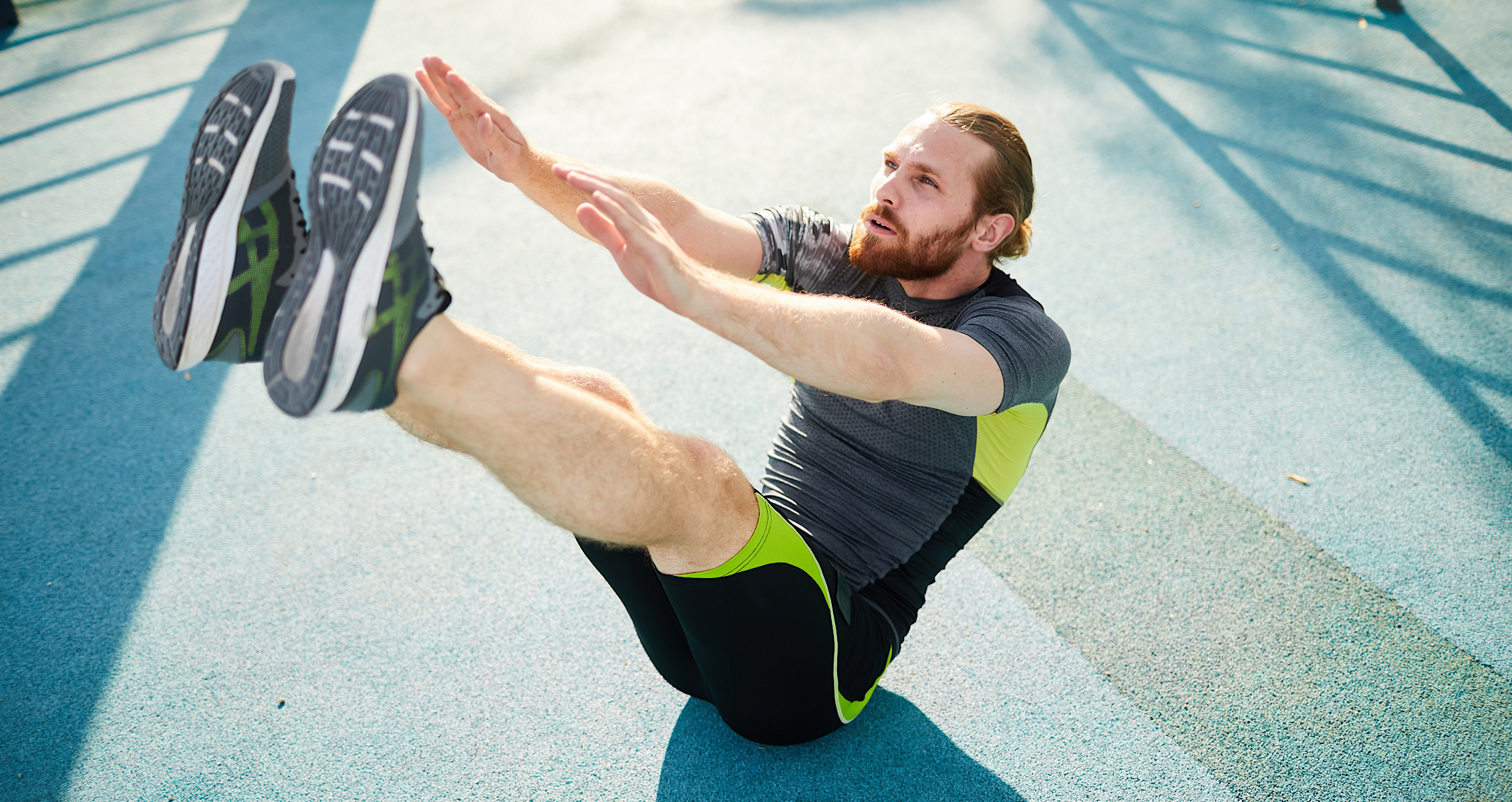Best Bodyweight Exercises for Abs and Obliques
When it comes to bodyweight training, no area of the body is better suited than the abs and obliques. Most people prefer going equipment free to pursue the elusive six-pack, the holy grail of training for many who seek to sport a shredded physique.
Abdominal training isn’t just for show, as studies suggest strong abs reduce the possibility of back pain. Strong abdominal can also help with some of the big compound lifts, like the squat and deadlift, as you are required to brace your core during these exercises. Some people prefer to skip abs-specific training, following the philosophy that abs are made in the kitchen, not the gym, meaning it is all about your meals rather than direct training. A clean diet is indeed a pre-requisite for a six-pack, though the training is necessary to really create the definition.
With the emphasis in the fitness industry over the last 20 years on core training and functional movement, many athletes already spend a lot of time working the supporting core musculature around the hips, midsection, and shoulders. Such movements inevitably target the abs and obliques.
The Best Exercises for Abs and Obliques
There’s nothing more effective than taking a direct approach with a tough bodyweight abs workout. Here are eight of the best bodyweight exercises for abs and obliques. You can use these as part of a regular workout or as a standalone circuit. If you do a circuit, do two sets of 10.
1. Plank
What a Plank does: By keeping your belly button drawn in and challenging your stability throughout your shoulders, core, and hips, you’re building strong abs.
How to do it: Lie in a prone pushup position with forearms resting on the floor, elbows under shoulders, and bent 90 degrees. Push up off the elbows, tucking your chin so your head is in line with your body. Keep head in line with spine and belly button drawn in. Hold for one minute.
How many sets? 2 sets of 60 seconds with 60 seconds rest between sets.
2. Side Plank
What the side plank does: The side plank targets the obliques more than a traditional plank.
How to do it: Start on the ground on your left side with your left forearm and your elbow under your shoulder. Push up off your elbow, creating a straight line from ankle to shoulder. Your hips should be off the ground and only the side of your bottom foot and your elbow should be on the ground. Hold for 30 seconds or do 10 reps of 3 seconds each.
How many sets? 2 sets of either of the above options.
3. Half Boat
What it does: This yoga move is a variation of the V-Sit Crunch that targets the rectus abdominus.
How to do it: From a sitting position, extend your arms out, palms facing each other. Extend and lift both legs, keeping them bent at the knees, with the insides of your feet touching. Arms are extended on either side of your legs. Use your abs to keep your back straight. Stay in this position for five deep breaths, roughly 10 seconds.
How many sets? 2 sets of 10 reps with 60 seconds rest between sets.
4. Hanging Leg Raises
What it does: This challenges you to raise your entire lower body with your abs and hip flexors, a key part of core strength.
How to do it: Grab a pullup bar with an overhead grip. Arms should be straight and feet off the ground. Keeping the legs straight, use your abs to raise your feet toward your shoulders, pausing when your thighs reach your chest.
How many sets? 2 sets of 10 reps with 30 seconds rest between sets.
5. Oblique Mountain Climbers
What it does: Like a mountain climber climbing a moutain, you’re using the abs and hip flexors to “climb.” This variation targets the obliques.
How to do it: Start in pushup position, with the balls of your feet on the ground. Alternate driving your knees forward to the opposite arms, twisting your body to that side, for 30 seconds. Keep your hips down for the entire motion.
How many sets? 2 sets of 10 reps with 30 seconds rest between sets.
6. Reverse Crunch
What it does: This targets the entire core region while also stretching your lower back.
How to do it: Lie on your back, knees together, and legs bent to 90 degrees. Feet should be on the ground and hands palms down. Tighten your abs – think of bringing your belly button away from your waistband – and lift your hips off the floor, crunching your knees to your chest. Pause at the top and then lower back down. Do not allow your lower back to arch and lose contact with the floor.
How many sets? 2 sets of 10 reps with 30 seconds rest between sets.
7. V-Sit Crunch
What it does: For all of the abs-challenging reasons of a traditional crunch, but also because it keeps you from putting unnecessary torque on your neck and using momentum to complete the crunch.
How to do it: Begin on your back with hands extended over your head. Lift your legs and crunch up at the same time, forming your body into the shape of a “V.” Exhale as you lift your legs and crunch and inhale as you return to the starting position.
How many sets? 2 sets of 30 seconds with 60 seconds rest between sets.
8. Flutter Kicks
What it does: If it’s good enough to challenge the Navy SEALS as a staple of their training, it’s good enough for you. You need not do it while cold, wet, and sandy, though.
How to do it: Lie on your back, legs straight and arms extended at your sides. Lift your heels six inches and rapidly kick up and down in a fast, scissor-like motion.
How many sets? 2 sets of 60 seconds with 60 seconds rest between sets.
You do not need to do every single one of these exercises every time you train abs, but picking two or three of these exercises and putting them in a circuit can be extremely beneficial.
Importance of Core Training
Now, training your core is more than just aesthetics, it provides a lot of support to your everyday functionality, as well as assisting in other lifts. For example, when you stand up and sit down, you are bracing your core without even knowing it. The same goes for carrying things, whether that be moving a couch up the stairs or bringing groceries in, you are using your abdominal muscles to brace. Stronger core muscles make every day activities easier.
In terms of the gym, you brace your core for almost every movement there is, from bicep curls to standing calf raises. Your midsection bears a lot of the weight on many different movements, so having a strong core can help with different exercises, especially compounds.
Wrap Up
Overall, training your abs is something that really is crucial to your overall performance, they are not just for looks. The best part is, you do not need to use any equipment like barbells or dumbbells, you can just do bodyweight exercises and get in a great abdominal workout.
What are you favorite exercises for abs? Let us know what you think in the comments below. Also, be sure to follow Generation Iron on Facebook, Twitter, and Instagram.
Generation Iron may receive commissions on purchases made through our links. See our disclosure page for more information.
Pete Williams is a NASM-CPT and the author or co-author of several fitness books, including Core Performance and Every Day is Game Day. His work has appeared in publications such as Men’s Health, Men’s Journal, and USA Today.












